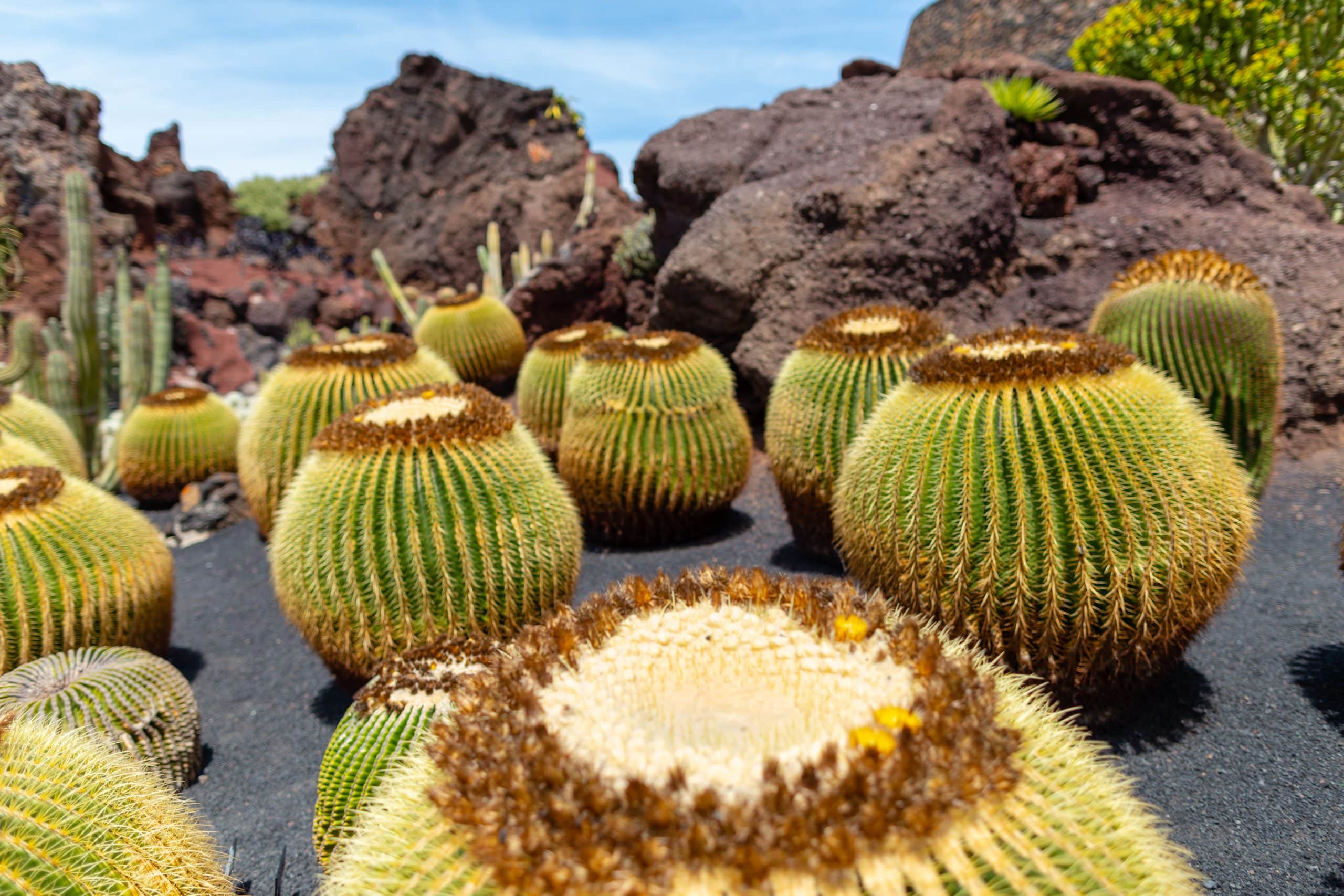What Are the Best Practices for Incorporating Rain Gardens into Residential Landscape Designs?

Balancing aesthetics with eco-friendliness has always been a challenging task in landscape design. One innovative solution that is gaining popularity among homeowners today is the rain garden. Rain gardens are shallow, vegetated depressions designed to absorb and filter stormwater runoff from rooftops, driveways, patios, and other hard surfaces. They serve as a functional and beautiful addition to your landscape while also helping to protect our waterways. This article covers the best practices for incorporating rain gardens into residential landscape designs.
Understanding Rain Gardens and Their Importance
Before diving into the practices for incorporating rain gardens into your landscape, let’s understand what they are and why they matter. As aforementioned, a rain garden is a planted depression that allows rainwater runoff from impervious urban areas like roofs, driveways, walkways, parking lots, and compacted lawn areas the opportunity to be absorbed. This reduces runoff by allowing stormwater to soak into the ground, as opposed to flowing into storm drains and surface waters which causes erosion, water pollution, flooding, and diminished groundwater.
A lire aussi : What Are the Key Factors in Selecting Sustainable Building Materials for Real Estate Construction?
They are designed to mimic the natural water retention and infiltration capabilities of a forest. Unlike a standard garden, they are strategically located and designed to absorb rainwater, mainly from your roof but also other surfaces. The water will slowly infiltrate into the soil, providing much-needed moisture for surrounding plants while replenishing groundwater supplies.
Location and Size of Your Rain Garden
The location and size of your rain garden are critical factors in its success. To decide on the location, look at your landscape during a heavy rain and notice where water tends to pool or run off. This is usually a good starting point for your rain garden. However, make sure it’s at least 10 feet away from your home to prevent any potential water damage. Also, avoid areas with utilities, large trees, or septic systems.
A lire également : How Can Real Estate Agents Effectively Market Properties in a Recession?
The size of your rain garden will depend on the size of the area draining into it. As a rule of thumb, the garden should be about 20-30% of the size of the runoff area. For instance, if your roof area is 500 square feet, your garden should be between 100-150 square feet. The depth typically ranges from 4 to 8 inches.
Soil Preparation and Water Infiltration
The goal of a rain garden is to allow water to infiltrate, or soak, into the soil rather than run off the surface. Therefore, proper soil preparation is fundamental. Ideally, your rain garden should consist of sandy soil, which facilitates fast water infiltration. If your existing soil is clayey or silty, consider amending it with compost and sand to increase its permeability.
Perform an infiltration test to ensure the water infiltrates at an appropriate rate. This involves digging a hole, filling it with water, and seeing how long it takes to drain. If the water takes longer than 24 hours to drain, your soil may not be suitable for a rain garden, and you might need to consider further soil amendments or a different location for your garden.
Plant Selection for Rain Gardens
The plants in your rain garden will often experience both extremes of very wet and very dry conditions. Therefore, they must be adapted to handle these conditions. Native plants are usually a good choice, as they are adapted to local climate and soil conditions, and provide habitat for local wildlife.
The garden should have three zones: the wet zone (lowest part, always in contact with water), the moist zone (middle part, occasionally underwater), and the dry zone (upper edges, rarely in contact with water). The wet zone should include plants that can tolerate being in standing water for up to two days. The moist zone is ideal for plants that prefer slightly wetter conditions, while the dry zone plants should be able to withstand short dry spells.
Maintenance of Rain Gardens
While rain gardens are generally low-maintenance, they are not no-maintenance. They require some care, especially during the first two years while the plants are becoming established. Regular watering may be necessary during prolonged dry periods. Mulching can help retain soil moisture and suppress weeds.
Regular inspection is necessary, especially after a heavy rain, to ensure the garden is draining properly and to check for any signs of erosion. Over time, you may need to add or replace plants, depending on how well they grow.
Incorporating a rain garden into your landscape design is a beautiful and functional way to manage stormwater, enhance the biodiversity of your garden, and contribute to the health of your local waterways. With careful planning, soil preparation, and plant selection, you can create a thriving rain garden that complements your outdoor space and benefits the environment.
Implementing Stormwater Management Features in Rain Garden Design
The stormwater management capabilities of a rain garden can be enhanced by incorporating several features into its design. These additional features ensure that the garden not only looks great but is also more effective at its primary function of managing runoff.
One such feature is a berm, which is a raised area of soil surrounding the garden. Berms can help direct rainwater into the garden and prevent it from spilling over into areas where it’s not needed or wanted. They can be designed to blend seamlessly into your landscape, appearing as natural hills or ridges.
Another feature to consider is a rock or gravel bed, which can help slow down water flow and increase infiltration rates. This is particularly useful in areas with heavy clay soils that do not absorb water very quickly.
You may also consider installing a drainage system, such as a French drain, in your rain garden. This consists of a trench filled with gravel or rock that contains a perforated pipe, which carries water away from the garden. This feature can be essential if your garden receives more water than it can handle, preventing water from pooling and causing potential damage.
Lastly, the use of a rain barrel or cistern can help maximize the utilization of rainwater. These units collect and store rainwater runoff from your roof or other hard surfaces, which can then be used for watering your garden during dry periods.
The Impact of Rain Gardens on Water Quality
Rain gardens play a significant role in improving water quality. By absorbing stormwater runoff, they prevent pollutants from hard surfaces like driveways and rooftops from entering into ground water or local water bodies.
Runoff often carries pollutants like fertilizers, pesticides, oil residues, and other contaminants from our landscapes and streets. Rain gardens, filled with native plants and well-prepared soil, act as natural filters, trapping these pollutants and breaking them down.
The plants in a rain garden play a significant role in this process. Their roots create channels in the soil that enhance its ability to absorb water. Moreover, these roots also bind to the pollutants, preventing their further movement. Microorganisms in the soil break down these pollutants, turning them into harmless substances or even food for the plants.
In this way, rain gardens contribute to maintaining the health of our waterways and overall ecosystem. They not only beautify our homes but also play a significant part in our broader environmental responsibility.
Conclusion
Rain gardens have emerged as a potent tool in residential landscape design, offering a blend of aesthetic appeal and ecological benefits. Their role in managing stormwater runoff, boosting local biodiversity with native plants, and enhancing water quality makes them an increasingly popular choice for homeowners.
However, the success of a rain garden lies in careful planning and execution. Factors such as location, size, soil preparation, plant selection, and incorporating stormwater management features play a critical role in its effectiveness.
While they require some initial effort and ongoing maintenance, the benefits of a rain garden extend beyond individual property boundaries. They contribute to the health of our local waterways and the overall environment, making them a beneficial addition to any landscape design.
Remember, building a rain garden is not just about adding a beautiful feature to your landscape. It’s about contributing to a larger environmental cause – protecting our precious water resources. As homeowners, we can make a difference, one rain garden at a time.
